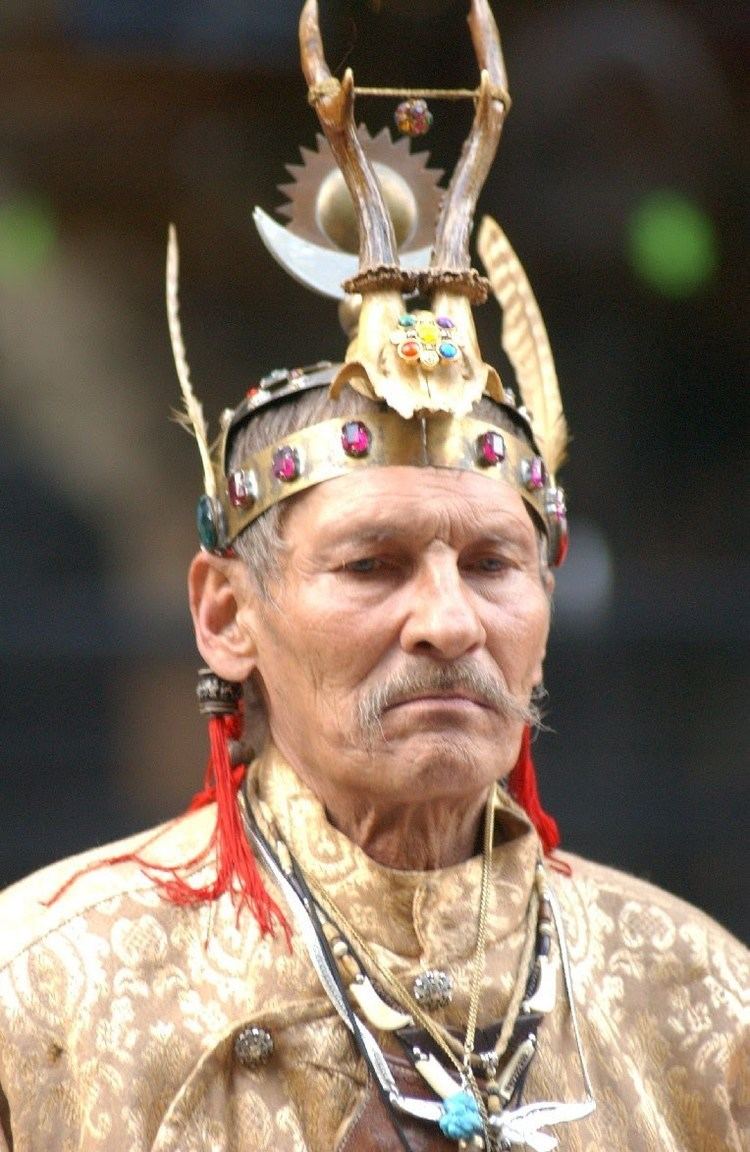 | ||
The táltos (also "tátos") [taːltoʃ] is a figure in Hungarian mythology similar to a shaman.
Contents
- Tokmak karaul az rz t ltos pax tv 2004 teljes
- Description
- Pagans
- Origin of the word
- Gncl and Kamp
- The Tltos Horse
- References
Tokmak karaul az rz t ltos pax tv 2004 teljes
Description
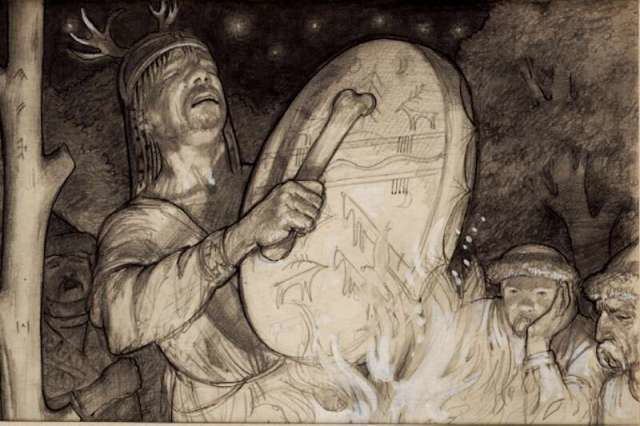
According to Roman Catholic priest Arnold Ipolyi, in his book "Magyar mitológia" (Hungarian mythology) from 1854, a táltos was in direct contact with God during the prenatal period. Once born, the táltos had a special mission in life to cure both body and soul of other members of society. The táltos could be either male or female, and should be born with more bones than the usual, like six fingers (altogether 11 or 12 fingers) or already-grown-in teeth. A táltos could also be born with the caul.
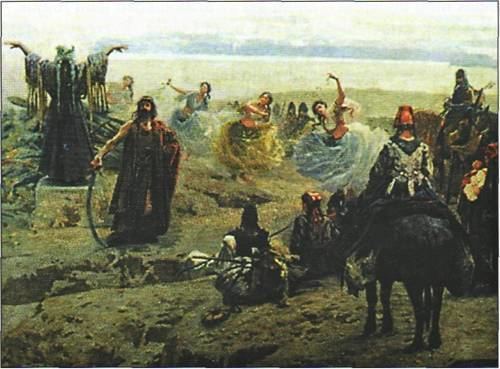
During their childhood, they had to be brought up in secret to learn everything to be a type of shaman.
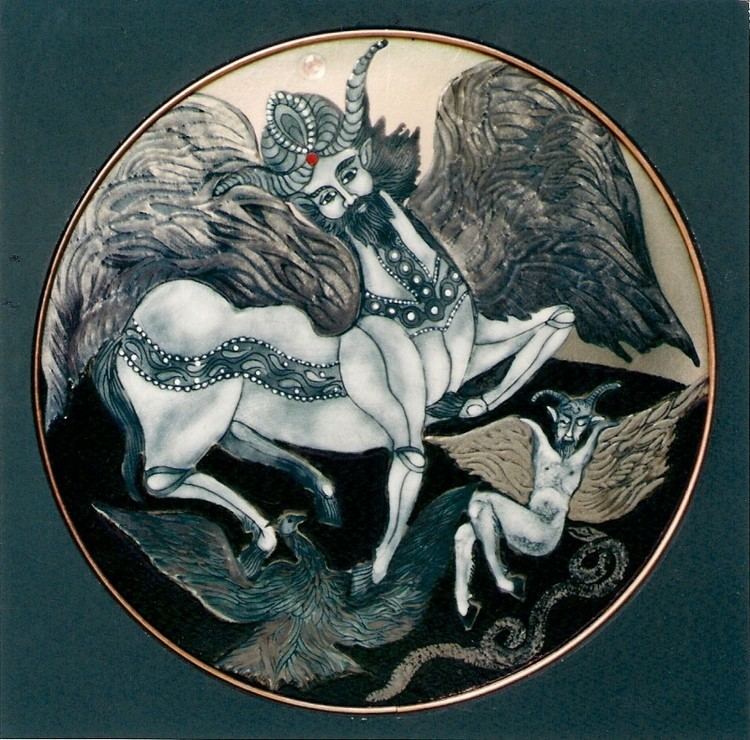
The táltos was able to go into a deep meditation called "trance", and in such a state could cure sickness of any kind. The táltos also had a mission to communicate with the entire Hungarian nation in a time of danger, to warn against invading armies or an impending cultural collapse.
Pagans

According to general consensus, the táltos were considered as part of pagan religion. There is evidence, though, that the táltos existed until the Habsburg era, when this tradition came to an end.

The painted ceiling of the church of Székelyderzsi had a figure with six fingers, it was renovated, "correcting" the picture to five fingers.
According to Christian folklore tradition, the égi táltos (or heavenly táltos) is Jesus Christ.
Origin of the word
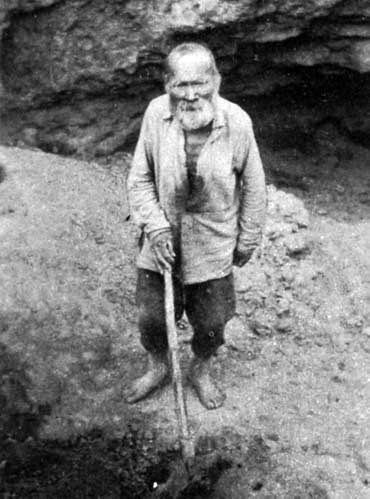
The name "Táltos" is of unknown origin, but most probably correlating to "tált", which is to "open wide"; i.e. they "opened themselves to the world." Other theories state it comes from Uralic taitaa meaning "to know, understand" or from the derivative of Turkish talt meaning "unconsciousness".
Göncöl and Kampó
In folk tales we often meet táltos, for example Göncöl and Kampó.
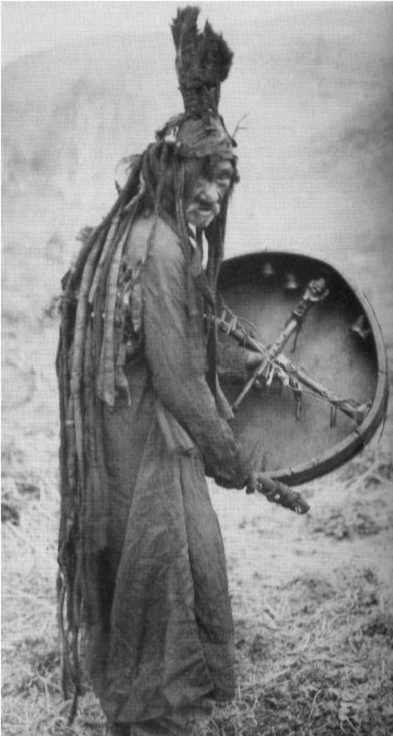
Kampó had an "ice body" ("jégtestű"). He was short with thick legs. He lived in Temesvár (present-day Timişoara), ate lunch in Buda at the same table as King Matthias and was always poorly dressed. King Matthias was asked several times why a pauper was eating at the same table as the king, but King Matthias insisted on this tradition. When the Turkish army attacked the Kingdom of Hungary, Kampó reportedly spilled fire from his mouth and he "fought with his iced body against Turkish metal", redeeming a "moonlike" ("holdas"= "eclipse") horse of King Matthias from the Turks.
Göncöl, (also Döncöl, Güncü) on the other hand, had tremendous knowledge. He spoke with animals, understood the meanings of the stars, invented the coach, having a coach which was pulled by multiple horses, reportedly having had its perch broken and bent. His death was not seen, but instead it is thought that he "disappeared into the stars". Everybody may see the "coach of Göncöl" in the sky which is known in astronomy as Ursa Major (Great Bear), where the tail of the bear is the perch of the coach.
The Táltos Horse
The táltos always had a horse, frequently appearing in Hungarian folk tales. However, the Táltos Horse always was ugly, causing them to be mocked by everybody. It is said in myths, that only the táltos could see the real powers hidden in the horse, and the heroes of the folk tales.
When they met, only the táltos could ride the horse, and it was always "flying like thought". This way the táltos is able to meditate (révül).
In the folk tales the true form of the táltos horse has five or six legs, could have gold, silver or copper hair, and many times eats hot cinders before going on a mission. It can fly to anywhere but has no wings.
Experts say the táltos horse is a symbol of the drum of the táltos. They heated it over fire (see hot cinders) to make it suitable to play and used the drum to meditate (fly away).
